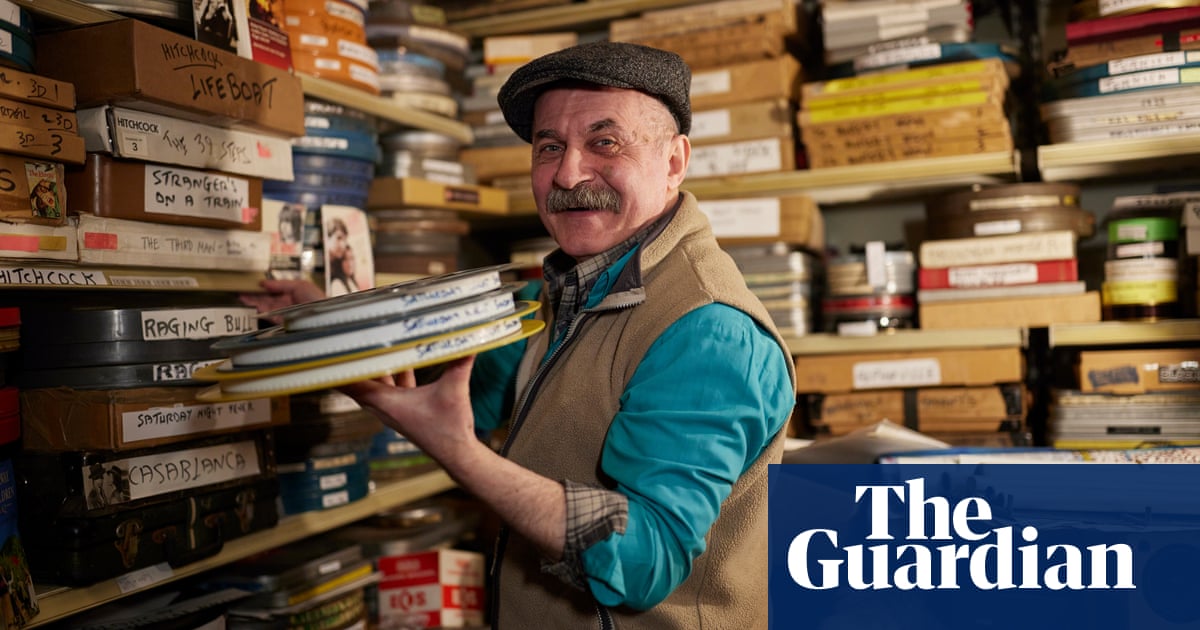
In Kisii town, south-west Kenya, a rundown roadside building houses a pharmacy. Narrow broken windows allow little light into the bare-shelved dispensary. The ground floor is partitioned into two small rooms, one covered in cloths concealing what lies beneath; in the other, a single bed is just visible through a gap in the curtains.
Like many others in the area, the pharmacy doubles as a clinic. Lilian Kemunto*, a former surgical nurse, set it up after she retired in 2018. She mainly does health check-ups but has also offered female genital mutilation (FGM) services on request.
Kemunto has performed cuts since the 90s, after receiving training in basic surgical techniques from male colleagues in the local hospital where she worked. She would do the cuts in the hospital at night, but it was risky, she says, because management didn’t approve. “They would tell us: ‘Just do it, but if you’re caught, you’re on your own.’”
She preferred cutting girls in a private home, in the middle of the night, saying it was much easier: “By 6am, the girls are back in their own homes, like nothing happened.”
In Kisii county, medicalisation is standard. Two out of three cases of cutting are performed by health practitioners, in contrast to much of the country, where 70% of FGM cases are performed by traditional practitioners.
The services are in high demand over the December holidays, when the community traditionally perform the rite of passage. However, Covid affected the school calendar, making cutting patterns less predictable. With medicalisation, the practice has shifted from a group activity marked by public celebration to an individualised one. Rights groups say the trend has made it harder to monitor, and Unicef has termed medicalisation “one of the greatest threats” to eliminating FGM.
“It is very hard to find out who is doing what,” says Esnahs Nyaramba, an anti-FGM campaigner who monitors and reports the practice. “As long as the mutilator and mutilatee are there, it’s a done deal.”
Nyaramba says that many parents take their girls for FGM under the cover of a different medical service. She uses insiders, such as nurses and gate guards, to get information on when the cuts are happening and works with police to stop it. Her organisation, Onsembe, is part of a grassroots movement #FrontlineEndingFGM, that provides live updates on where and when FGM is happening. Organisers say it has made it easier to pressure local authorities into acting.
FGM rates in Kenya have gone down significantly over the past decade. The country passed strong laws in 2011, imposed hefty fines on practitioners, and stepped up surveillance and enforcement. But medicalisation is posing a new challenge for the east African nation, which has a 15% medicalisation rate: one of the highest in Africa.
Earlier this month, Kenyan president William Ruto backed the country’s chief justice who said that FGM “should not be a conversation we are having in Kenya in the 21st century”, and reiterated his administration’s commitment to eradicating the practice. Roughly 475,022 girls are at risk of FGM in Kenya between 2022 and 2030, and 75% of girls undergo the cut between the ages of eight and 14.
Due to the government crackdowns, Kemunto has done fewer cuts in recent years. Since she retired, she has cut only five girls: one in 2021, and four in 2020, compared with “several” in the years before. “We are scared,” she says, adding that a cut gone wrong is the easiest way to get caught.
Kemunto says she tries to avoid mishaps, and at a minimum requires some anaesthesia, a surgical blade, sterile towels, and cleaning solution to proceed.
She also claims to use a non-invasive procedure: a small incision of the clitoris that practitioners call a “signature”. Kisii’s FGM practice is considered less severe than other areas, and anti-FGM campaigners are concerned that there’s a growing acceptance of the practice as more safe, hygienic and cosmetic.
Traditionally, FGM among the Kisii was carried out as a means of controlling girls’ libido, but health workers say there’s been a shift. “Some parents feel like it is a way of fulfilling the culture in a modernised way,” says Ruth Mogaka, a retired nurse and counsellor, who has worked at one of the area’s largest hospitals for years.
Some mothers who brought their daughters to Kemunto’s clinic were from Nairobi, Kenya’s capital, and practitioners say it is still practised among small sections of urban, educated Kisii.
The number of unlicensed health clinics in Kisii has grown significantly over the last few years due to poor and inadequate services at public hospitals, according to health workers and rights groups. They are often run by nurses, lab technicians, paramedics, hospital support staff or community health workers who have worked in cities and return to their communities where they are trusted to perform FGM, even though they are not qualified to carry out surgical incisions.
“In rural areas, they are called daktari (doctor), as long as they are working in the hospital,” says Mogaka.
Kemunto’s “clinic” is not unique in the region. “Every chemist has a ‘behind’,” says Carol Makori*, a retired medical practitioner from the area, referring to the common pharmacy backroom for FGM and other illegal medical services, which serve many purposes. “It’s a consultation room, an examination room, a bed,” she says. “It’s good business. People want the service and they want it as secretly as possible.”
She says she doesn’t perform the cut, but one of her close relatives, who charges 1,000 Kenyan shillings (£7) a cut, says it’s “pesa pap” (slang for ‘instant money’).
Health workers and those seeking the cut mainly find each other through trusted contacts. As authorities clamp down on the practice, these circles are becoming highly secretive.
Figures from 2014 place Kisii’s FGM prevalence at 84%, the third highest rate in the country. However, older reports also recorded an 87% opposition to the practice among the Kisii community – the highest among different ethnic groups – and gender officials from the region say tensions between women who support the practice and those who don’t have become increasingly apparent.
Community leaders are adamant that current data does not reflect downward trends of recent years.
However, outright denial of the practice is also common. A chief of the Masongo location in Kisii, Wilta Omosa, said: “We don’t have that FGM in our area,” despite rights groups’ reports that at least one clinic was shut down for cutting there last month. Activists say some local authorities have been known to gatekeep the practice, by lax enforcement efforts, and in the worst cases, alerting perpetrators.
More efforts have been placed, historically, on stopping traditional FGM – which often involves the use of unsterilised instruments, no anaesthesia and more severe cuts – says Jack Onyando, a Unicef child protection specialist. Onyando says that anti-FGM campaigns need to engage more with professional health worker associations and unions so that the practice does not gain wider acceptance.
“It is a violence,” he says. “The view by communities that it could be a safer form of FGM is what is worrying us. For practitioners like us, it’s taking us back to the drawing board.”
* Names have been changed to protect identities












